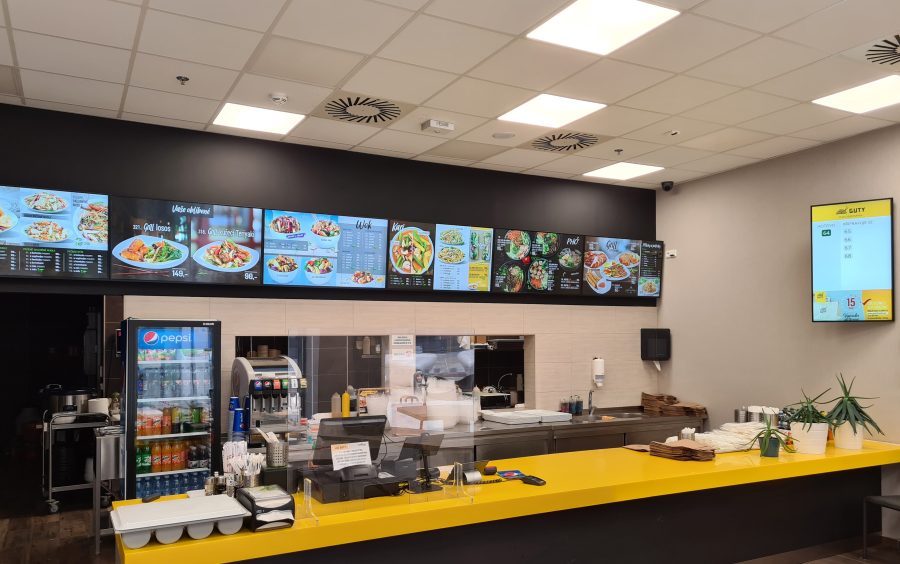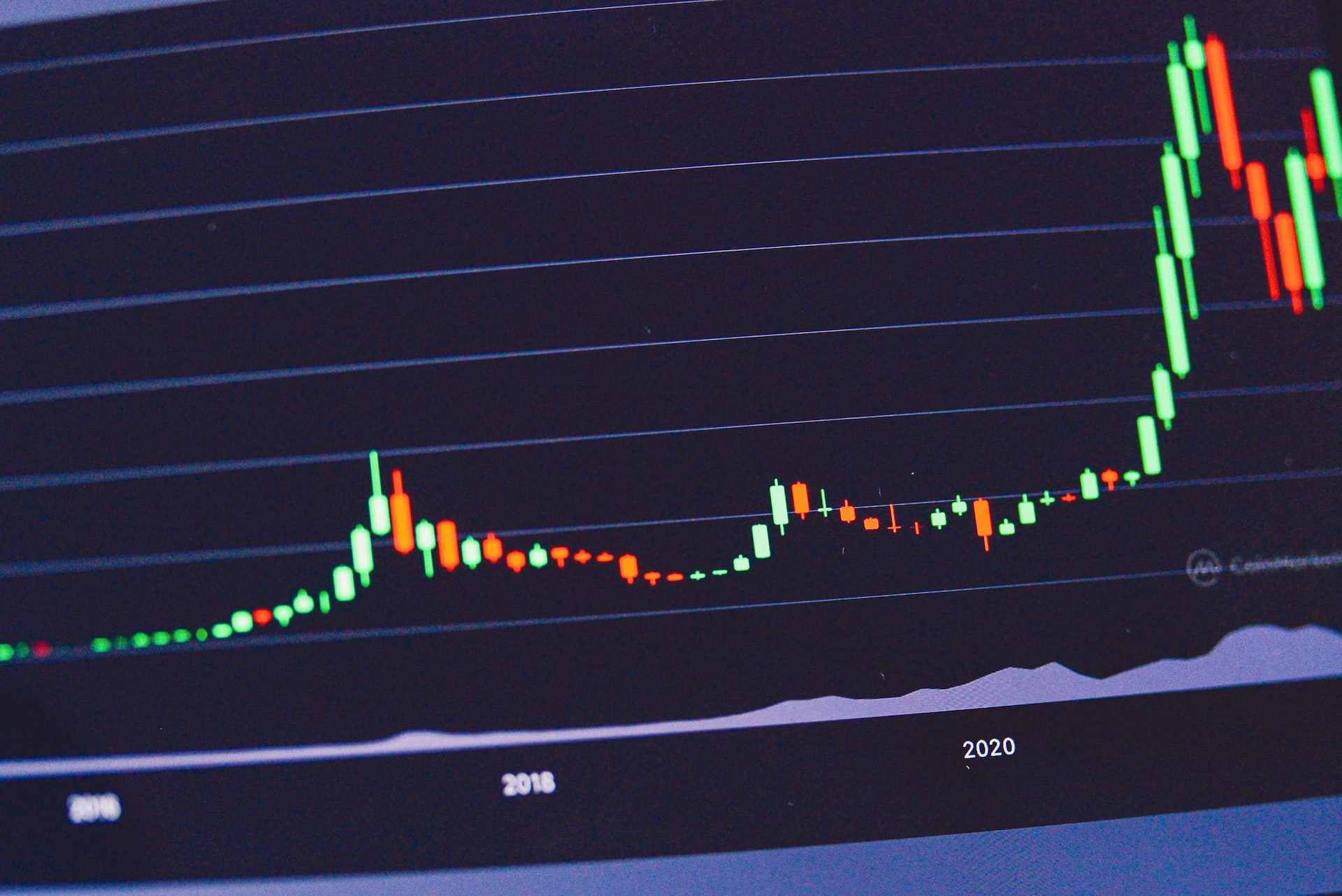Marketing strategy for restaurant businesses can no longer rely on third-party delivery platforms al...
Blog
Explore the latest news and updates, carefully curated by our team.
QSR technology trends clearly show that the digitalization of the HoReCa industry is no longer about...
Mastering how to organize a kitchen for efficiency is no longer about rearranging shelves or food pr...
With rising food costs, labor shortages, and growing competition, understanding how to improve your ...
Restaurants are struggling more than ever. Inflation, shrinking consumer purchasing power, rising in...
What is POS in restaurant? A restaurant POS (Point of Sale) is a modern combination of software and ...
Traditional restaurant menu engineering was an art; in the digital world it has become a science pow...
In the competitive QSR landscape, a white label food ordering app has become a strategic necessity f...
In an era where a restaurant pager system can operate entirely through a guest’s own smartphone, tec...
The global restaurant staff shortage has become the new normal, forcing operators to rethink how the...











